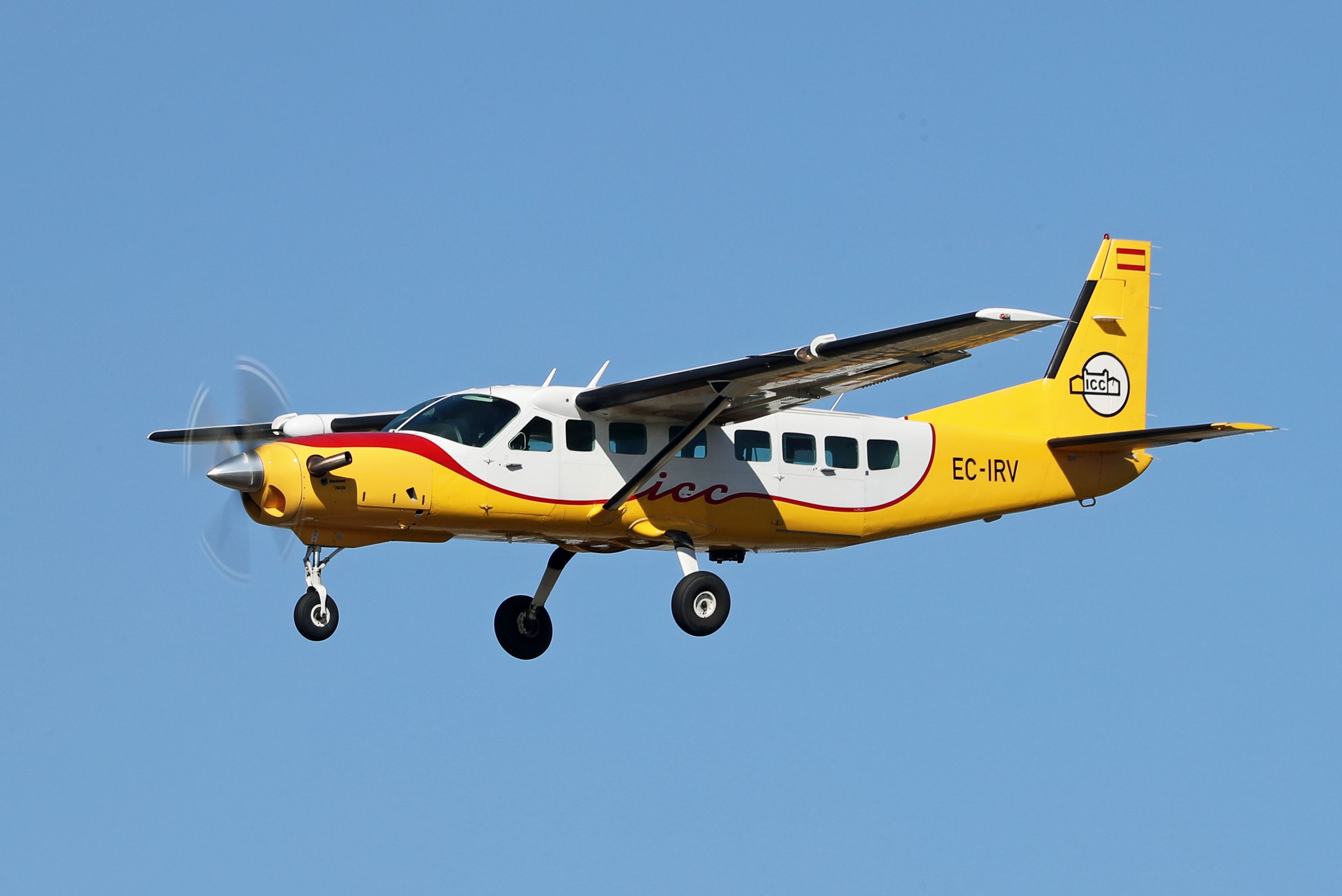Leading hydrogen-electric developer ZeroAvia announced on Thursday it had entered a new agreement with Textron Aviation to supply its 600kW powertrain for the Cessna Grand Caravan. ZeroAvia will look to obtain certification to retrofit the single-engine utility turboprop with its ZA600, for which the company is hoping to gain certification as soon as 2025.
Ideal aircraft for carrying hydrogen fuel tanks
The Cessna Grand Caravan is used for flight training, humanitarian missions, and air cargo, but also by smaller commuter carriers. ZeroAvia and Textron's retrofit partnership will target both passenger and cargo operators.
The pair says the aircraft is particularly suited to be fitted with the powertrain due to its high-wing design. This makes it an ideal candidate for mounting hydrogen fuel tanks under the wings, in turn allowing operators to maintain seat capacity or cargo space.
Val Miftakhov, Founder and CEO of ZeroAvia, commented on the new landmark agreement for his company,
“The famous Cessna Grand Caravan is on track to be one the first airframes operating commercial services - both cargo and passenger - with hydrogen-electric, zero-emission engines. We applaud the visionary leadership of Textron Aviation in joining us to help transform a much-loved mainstay of sub-regional aviation into a symbol of sustainable transformation in aviation.”
Since the Cessna Grand Caravan took its first flight in December 1982, over 2,600 units have been delivered worldwide. Primary users of the nimble yet sturdy little aircraft include FedEx Feeder (bringing smaller shipments of packages to airports served by larger jets), and the Air Forces of several states, including Brazil and Colombia.
Get the latest aviation news straight to your inbox: Sign up for our newsletters today.
While the sector of aviation served by the Cessna is not exactly responsible for a huge chunk of the industry's CO2 contribution, it is precisely the type of space where innovation will happen first, and zero-emission technology prove its value and safety before being introduced for more large-scale operations. ZeroAvia has landed several agreements both for its ZA600 and its upcoming ZA2000 powertrains, with the latest vote of confidence coming from American Airlines.
ZeroAvia part of EU alliance for zero-emission flight
Yesterday, Wednesday, September 28, ZeroAvia also announced it had joined the European Union's Alliance for Zero-Emission Aviation. The Alliance is a voluntary initiative of private and public partners who share the objective of preparing the entry into commercial service of hydrogen-powered and electric aircraft.
The list of initial members numbers 74. It includes, among others, the European Union Aviation Safety Agency (EASA) and Eurocontrol (the European air traffic management organization) on the public side, and Airbus, easyJet, and Lilium on the private.
Want to know more about sustainability in aviation?
Would you fly a Cessna powered by hydrogen from tanks under its wings? Leave a comment below and share your thoughts on this avenue of the future of aviation.

.jpg)
